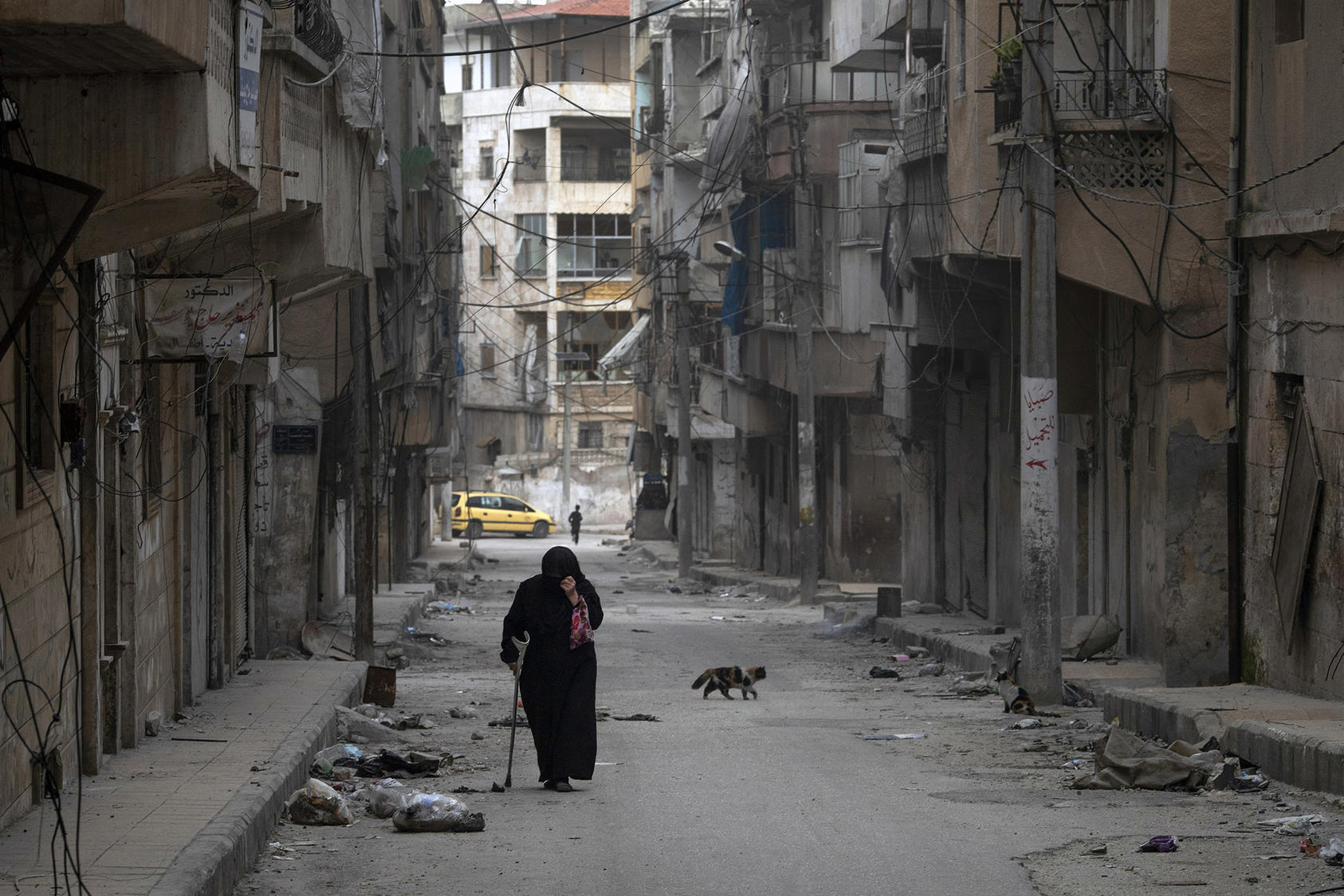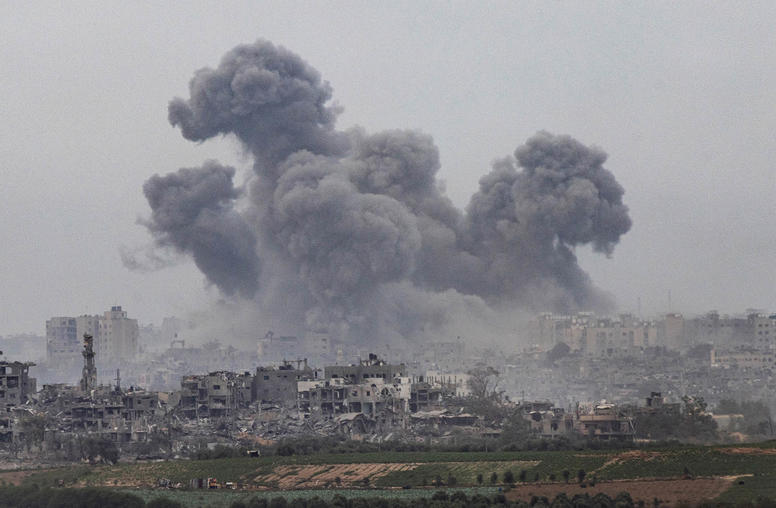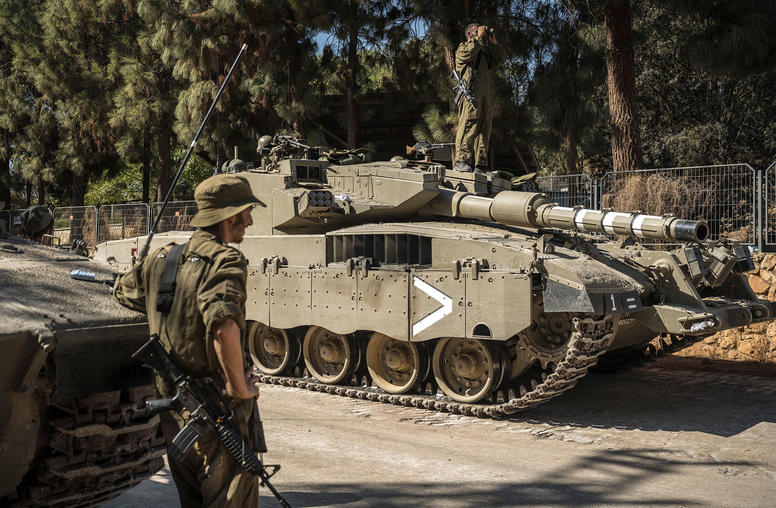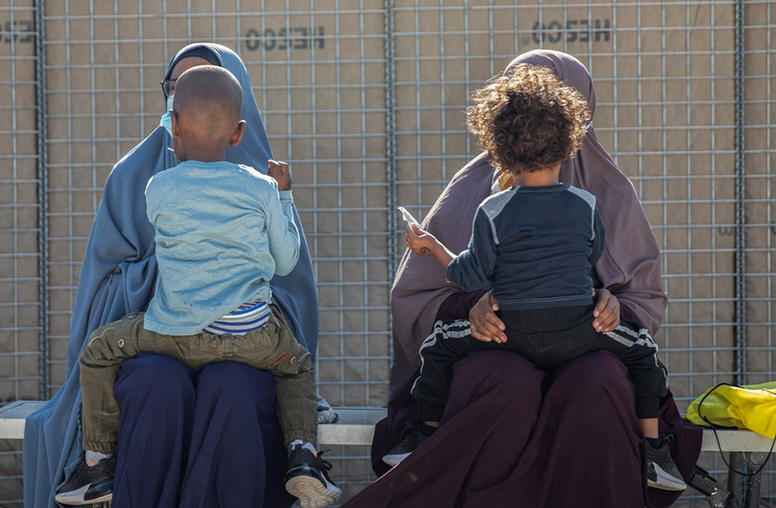How Will New U.S. Sanctions Impact Syria’s Conflict?
With the country’s economy in free fall and new protests erupting, biting sanctions aim to squeeze Assad and his backers.
After nearly a decade of civil war and strife, Syria’s long-troubled economy is in tatters with spiraling hyperinflation, food shortages, and widespread unemployment. The Syrian pound has less than a fifth of the currency’s value from this time last year. These economic woes have led to new protests in areas long controlled by the regime. Amid this economic turmoil, the U.S. Caesar Syria Civilian Protection Act comes into force today, targeted at key internal and external pillars of support for the Assad regime. USIP’s Mona Yacoubian looks at what led to the economic collapse, how the regime is responding to the protests, and the implications of the new U.S. sanctions.

What does the economic collapse mean for the conflict? What impact has Lebanon’s financial crisis had on Syria’s economy?
Several dynamics are contributing to Syria’s economic implosion. Years of conflict have led to the demise of key sectors of the economy, not to mention massive physical destruction. Most significantly, the financial meltdown in neighboring Lebanon—marked by the plummeting of the Lebanese lira, a severe foreign exchange shortage, and capital controls—has reverberated across the Syrian economy.
For years, Lebanon has served as Syria’s primary outlet to the outside world, intricately linking the two economies. As such, with Lebanon’s economy collapsing, the impact on Syria has been severe. Syria also has suffered from the negative effects of a COVID-related shutdown as well as years of sanctions that have exacted a significant toll on the Syrian economy. The recent imposition of the newly enacted Caesar sanctions (see below) likely will further deepen Syria’s economic disarray. Taken together, these trends have brought Syria’s economy to the brink:
- The Syrian pound has plunged in value, dropping to an historic low of 3,500 pounds to the dollar on the black market last week following a precipitous decline over the past few months.
- Prior to the recent downturn, more than 80 percent of Syrians lived below the poverty line with the number expected to mount significantly.
- As food prices spiral, 9.3 million Syrians are considered food insecure, with 2 million more at risk, according to the World Food Program.
Despite these dire impacts, the Assad regime still retains a firm grip on power; reports of the regime’s imminent demise therefore are premature. Assad and those around him have proven remarkably resilient in the face of such challenges. Instead, this socioeconomic meltdown will heighten the suffering of ordinary Syrians, ushering an era of widespread economic and social dislocation marked by growing impoverishment and hunger, potentially even famine in some pockets of the country.
The economic crisis has led to protests in the regime controlled southwestern area of Sweida. What are protesters demanding and how has the regime responded?
Protests of varying size have been ongoing in the predominantly Druze governorate of Sweida since June 6. The demonstrations initially expressed deep disaffection with deteriorating socioeconomic conditions, but quickly escalated into calls for regime change. The Assad regime has responded to the protests with arrests as well as by unleashing thuggish pro-regime groups—known as “shabiha”—to quell the demonstrations with violence. In another classic regime tactic, counter protests have also been organized in response to the demonstrations.
While the protests in Sweida continue, their significance should not be overestimated. The demonstrations remain relatively small and do not pose a major threat to the regime. Moreover, Sweida is somewhat unique in Syria’s complex political geography. While nominally ruled by the regime, the region has maintained a degree of autonomy not seen in other regime-held areas. For example, the Druze community has been largely exempt from military conscription, a tacit concession by the regime in exchange for the community’s support.
What impact could the new sanctions have on the regime and its allies like Russia and Iran?
The Caesar sanctions—named for the police photographer who defected from Syria and smuggled out more than 50,000 graphic photographs depicting the Assad regime’s systematic torture—significantly expand existing sanctions on Syria. The new sanctions target key supporters of the regime as well as critical sectors including military aviation, energy, and construction. Perhaps most significantly, the legislation layers on secondary sanctions that target foreign entities that do business with the Assad regime in these key sectors.
On June 17, the first day the Caesar sanctions went into effect, the State Department formally designated 39 entities in a first tranche of sanctions. The sanctions remain in effect for five years, but can be lifted before if the Assad regime undertakes a series of measures including: abstaining from targeting civilians; releasing all political prisoners; permitting the safe, dignified, and voluntary return of Syrians displaced by the conflict; and taking steps to establish meaningful accountability mechanisms for the perpetrators of war crimes.
Taken together, these latest sanctions add yet another layer to the complex architecture of sanctions targeting Syria. The long-term impact of the sanctions remains to be seen. While the new sanctions represent a significant ratcheting up of pressure on the Assad regime, they are unlikely to compel the regime to change its behavior; nor is it clear that Russia and Iran—the regime’s two key allies—will withdraw their support or shift their calculus. The sanctions will have a real dampening effect on any reconstruction efforts, in particular serving as a severe disincentive for Gulf or European companies to engage in rebuilding the country. Humanitarian organizations and others have raised concerns that the new sanctions will deepen the suffering of ordinary Syrians—particularly given the country’s precipitous economic decline—without producing any significant benefits. While the new legislation contains humanitarian waivers, the process for obtaining these waivers can be complicated and onerous.



